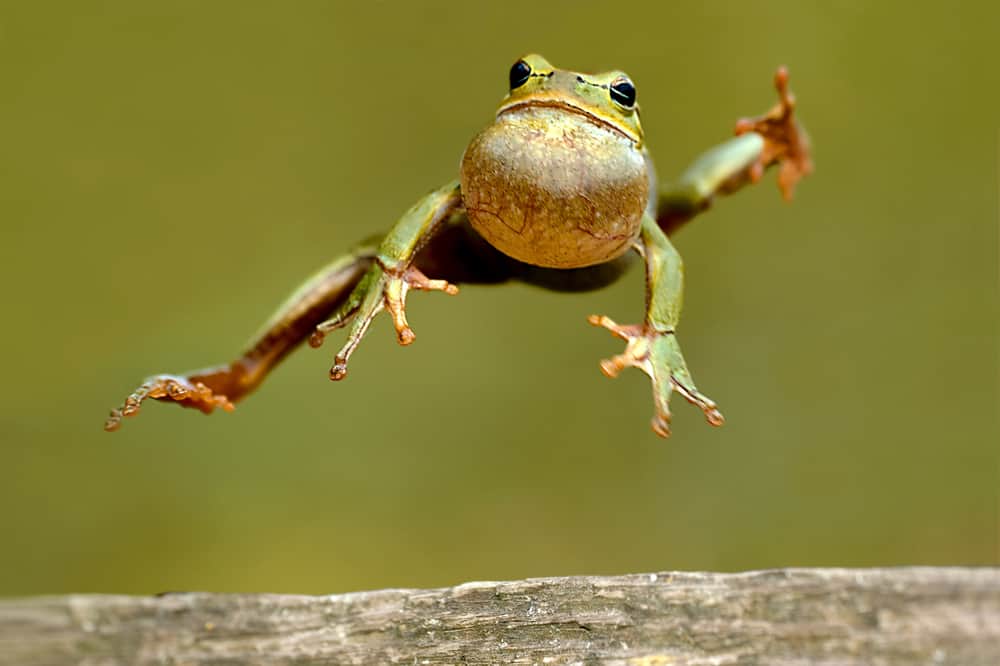
I recently visited a wildlife park and saw lots of different animals. All of them were unique in their own way. Some were very fast, and others could climb the most challenging terrain with ease. I saw everything from insects to lizards and even big animals like lions.
Then I saw the scariest thing. He or she might have been small compared to me, but that spider jumped in my direction at the speed of light. Waving my hands around, I looked like someone trying their hand at kung fu.
It jumped, and I screamed and ran my short little legs off. It intrigued me. When I got home, and I had to find out what animals jump the highest? I did some research, and this is what I found.
Animals like Pumas, Impalas, Springbok, and even dolphins are some of the world’s highest jumpers. One of the highest jumpers in comparison to its size is the jumping spider; this arachnid can leap 50 times the length of its own body. Another contender is the grasshopper, and they can jump up to 23 ft.
While most animals have had to adapt to their surroundings at one time or another, some would make even the most accomplished human athletes wish they had four legs or eight in some cases. These magnificent animals come from all over the animal kingdom and can shatter some of the world’s most formidable Olympic records without breaking a sweat.
However, it is essential to remember that some of these high jumpers might not be big mammals but can jump staggering heights compared to their body size. I did a lot of research, and here is what I found.
Animals that jump the highest from around the world are:
- The kangaroo rat
- The froghopper
- Pumas
- Kangaroo
- Grasshoppers
- Impalas
- Dolphins
- Jumping Spider
- Mountain Goats
- Fleas
Table of Contents
- The Kangaroo Rat
- The Froghopper
- The Puma
- Kangaroo
- Grasshoppers
- Impalas
- Dolphins
- Jumping Spider
- Mountain Goats
- Fleas
- The Conclusion
The Kangaroo Rat
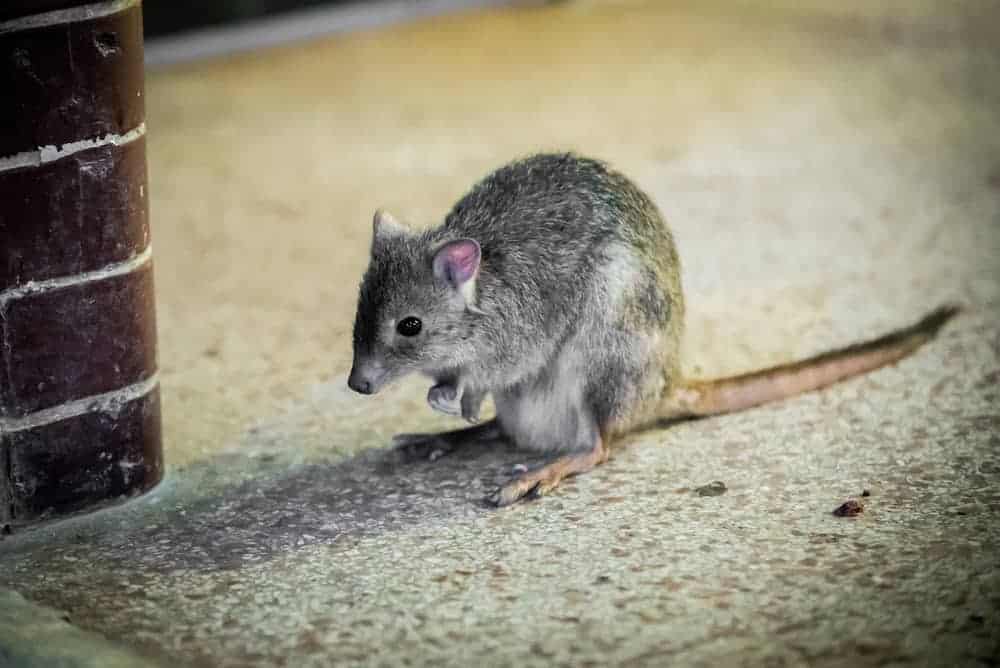
Despite its name and appearance, the kangaroo rat is not a mouse, rat, nor hamster. Its closest relative is the pocket gopher, and it is part of the Heteromyidae family. There are around 20 different species of kangaroo rat. They are native to the desert flatlands of Northern America, Canada, and Mexico.
They have had to adapt quite a lot to survive their harsh desert home and avoid predators. They are small, only weighing up to 4.5 ounces. The main characteristic that stands out most about these small rodents is their long hind legs.
They use these legs to hop on, kind of like a kangaroo, hence the name. These legs help them jump up to 28 times their body length (2.7m or about 9 feet) to help avoid becoming a predator’s dinner and making them one of the world’s highest jumpers.
The Froghopper
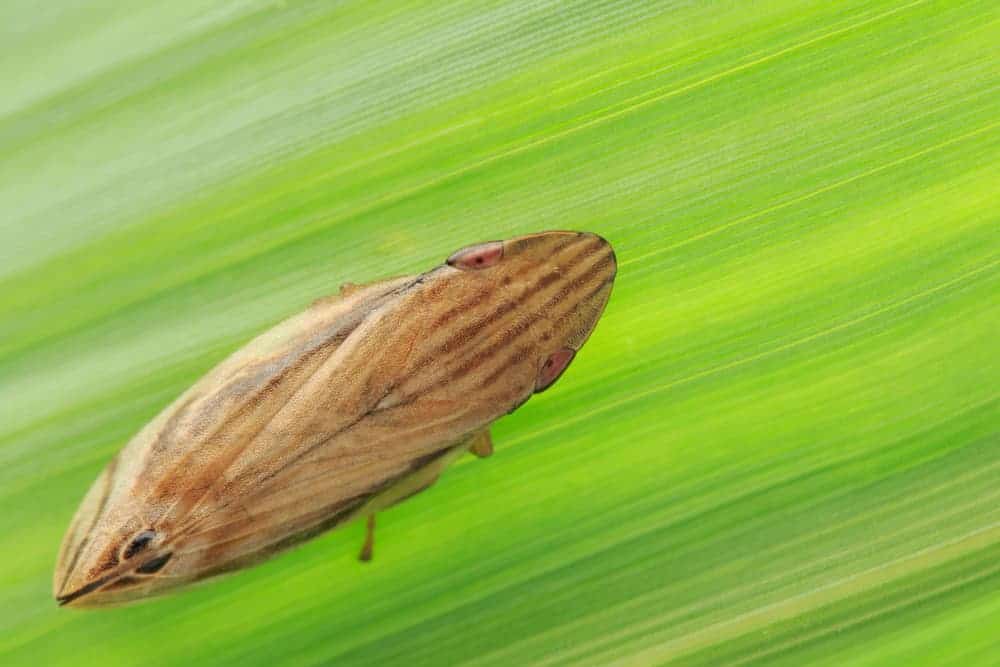
It might sound like a strange type of frog or toad, but the froghopper is actually an insect that hops like a frog. These insects belong to the Ceropidae family, and they can be found all around the world. They like to live in dense meadows, parks, and gardens. In some countries, they are considered pests due to their ability to eat devastate crops such as sugar cane.
They come in different colors, from black and red to beige and brown, and reach lengths of about 0.25 inches. They are also known as “spittlebugs” and are somewhat famous for the frothy spittle they produce in the nymph stage that forms a cocoon that keeps them safe during this stage of development.
What truly sets them apart from other insects is their ability to jump 400 times their body length. The jumping ability of this insect is not the only thing that makes them unique; they can achieve this height with an acceleration speed of 4,000 m/s. That makes them one bug I would not want in my house.
The Puma

The puma is also called the mountain lion or cougar and is probably the biggest of the high jumpers I learned about during my research. The puma is typically found in mountain ranges extending from Yukon, Canada, to South America.
Pumas can mark huge territories as their own, and some can extend to 1000km. Adult males can grow between 6 to 8 ft (1.8m to 2.4m) long, and females can grow between 5 to 7 ft (1.5m to 2.1m) long.
These massive felines are not classed as part of the big cat family but are classed as one of the biggest in the small cat family. They are the fourth heaviest cats in the cat family, with males weighing 160 pounds and females weighing 105 pounds.
What sets these incredible cats apart is their ability to jump up to 19.6 ft (6m) high and 40 to 45ft forward, making them one of the most dangerous predators in America. That means if you ever see one when out and about, don’t run, just pretend you’re a tree.
Kangaroo
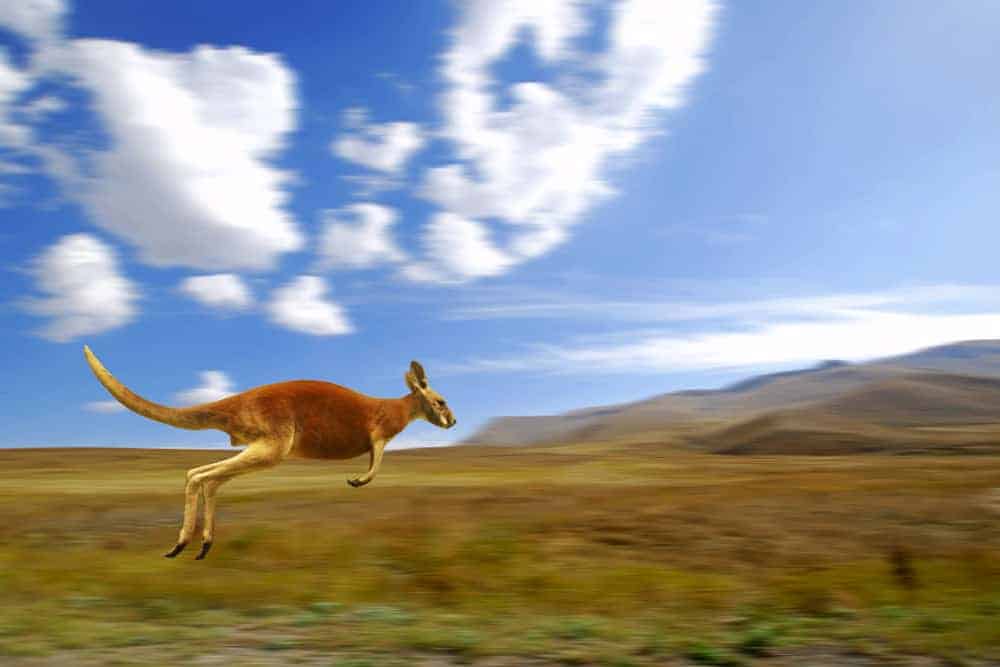
Now, this is the animal most of us think about when we consider the jumping masters of the animal world. These marsupials are mainly found in Australia and New Guinea and belong to the family Macropodidae. The biggest of the four species is the red kangaroo (Macropus Rufus). There are four species of kangaroo, and they range in color from beige, brown to reddish or grey.
They can grow to between 3.25ft and 5.25ft (1-1.6m long) and weigh up to 200 pounds. That makes their jumping ability quite extraordinary if you ask me. They have been known to protect their territory, food, and mates by fighting their opponents like kickboxers.
Kangaroos live in groups called mobs, and they are pretty social. They jump on their powerful hind legs to get around and reach speeds of up to 60km/h. They leap easily over obstacles and make jumps of about 3m (10ft) high.
Grasshoppers
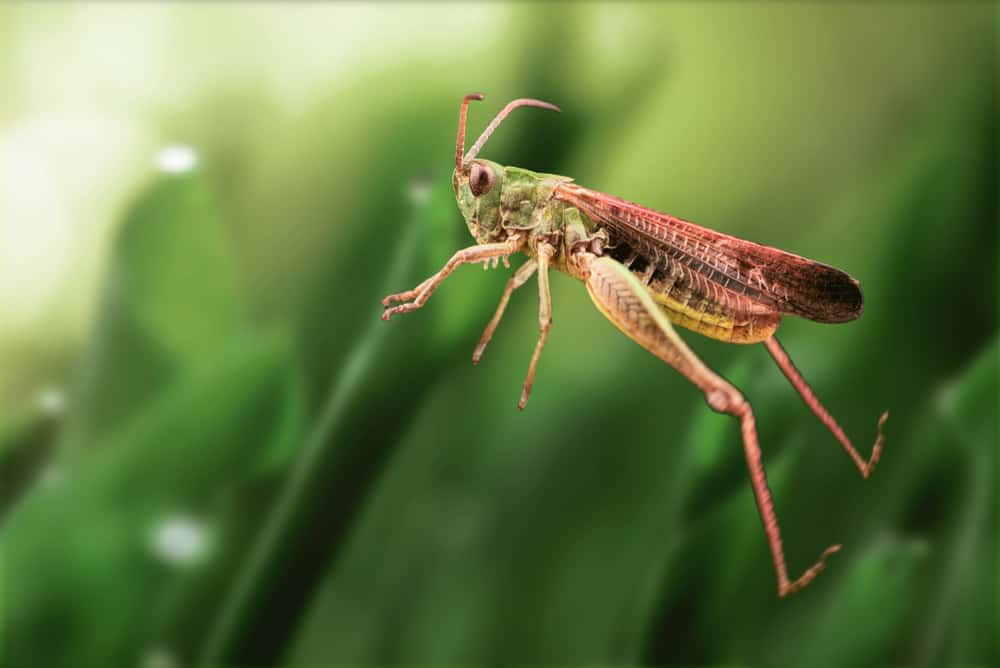
We usually think of grasshoppers as jumpers, but the truth is, while grasshoppers might seem to jump to where they want to go primarily, they are jumping to get enough lift so they can fly. There are, however, some species that are completely flightless.
These nimble insects belong to the suborder Caelifera in the Orthoptera. The common grasshopper can be found in just about every part of the world, including deserts, forests, mountains, grassland, and savannahs.
They are considered medium to large insects and can grow up to 2.75 inches in length. Their legs grow strong in order for them to get the height they need for a successful lift-off. The average grasshopper can jump 20 times its body length. That is the equivalent of a person jumping a football field in one jump.
Impalas
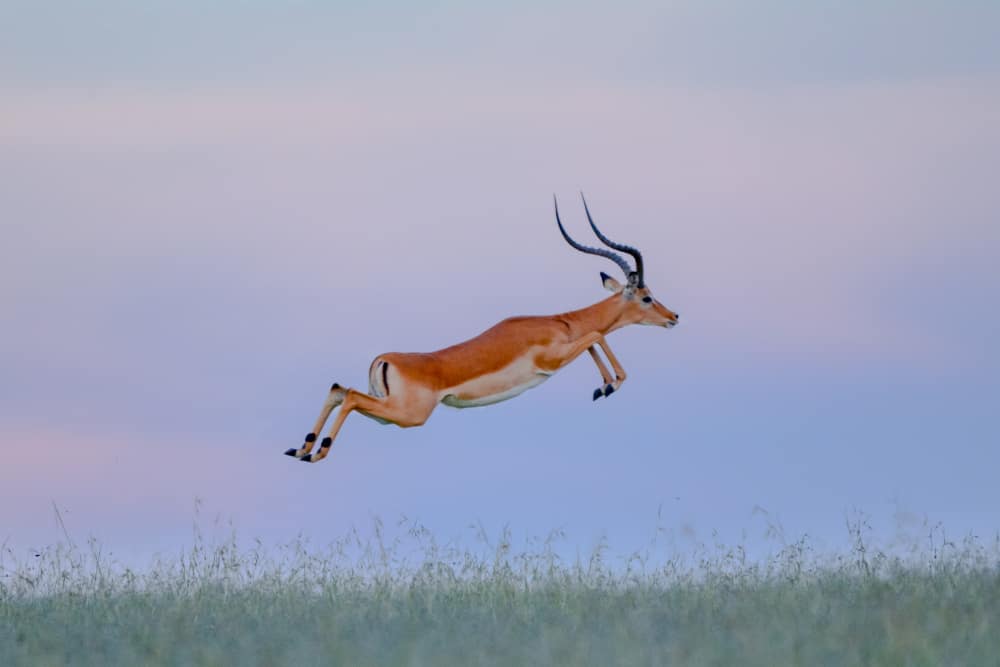
One of the best examples of big mammals that can jump to extraordinary heights for their size and weight is the Impala. This majestic animal comes from the planes of Africa and is a medium-sized antelope.
They can grow to between 2.9ft and 3.3ft in length, and when there is plenty of food, they are typically found in big herds of hundreds of animals. They bark out loud when seeing a predator approach, thus putting the rest of the herd on alert and ready to run to safety.
Impalas are most famous for their speed, but most people don’t know that the Impala can jump to heights of 10m (33ft) forward and 3m (8 to 9ft) in the air. They will jump over any obstacle in their path when trying to run from a perceived threat or predator.
This fantastic speed and jumping skill make it easier to escape from some of Africa’s most dangerous predators like lions and crocodiles.
Dolphins

We sometimes see dolphins swimming in groups or pods alongside boats. These gorgeous marine mammals are found in most oceans, and some species like the South Asian river dolphin and the Boto or Amazon River dolphins are found in freshwater rivers. There are 36 species of dolphins, and some experts call dolphins the acrobats of the ocean. Dolphins can grow to be over 30 ft long.
They like to blow bubbles while hunting to herd the fish where they want them to go, and they hunt in groups called pods. They like to jump and dive and can jump to spectacular heights of about 3m (10f) into the air.
They are amiable animals and try to stay in groups or pods. Most experts think that they do this to look out for prey, to conserve energy, or just to have fun.
Jumping Spider
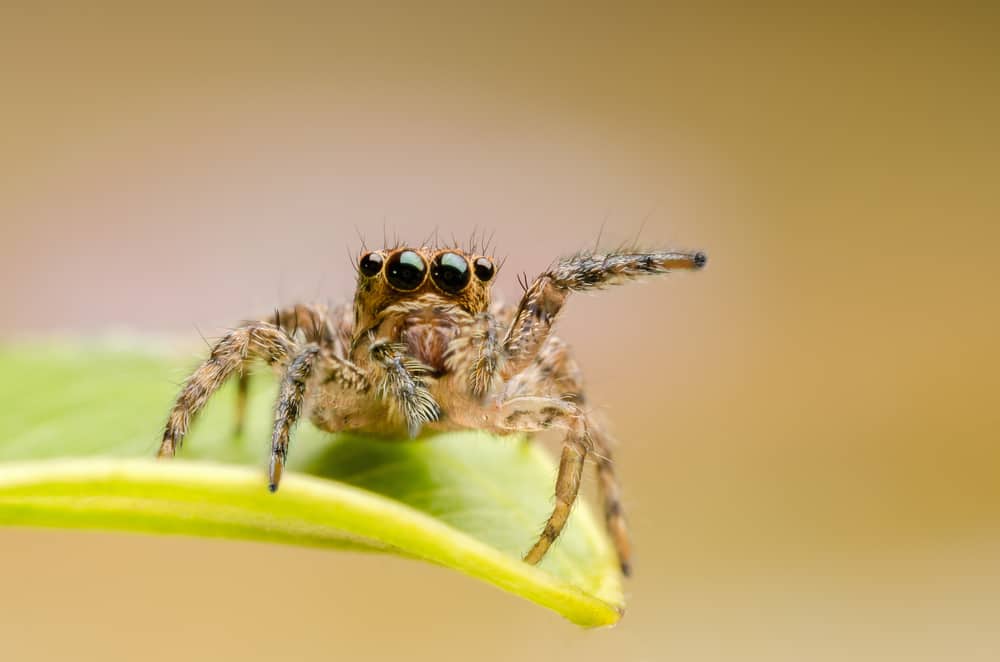
Jumping spiders are found almost everywhere over the world, except in the North and South Pole. They are usually found in tropical forests but can be found in various other habitats. These eight-legged arachnids are the largest group of spiders on earth, with over 6200 different species.
They have excellent vision, and this is because they have two pairs of eyes. They come in a wide variety of colors and sizes. They rely on the blood supply to the different segments of their legs to help them with their amazing jumps.
Jumping spiders can jump a staggering 50 times their own body length. They spin a thin thread of silk that acts like a dragline and helps give them a smooth landing, and they can use it to help them stop mid-jump. Jumping spiders don’t use webs for hunting.
They use their jumping ability to lunge at their prey or turn the tables on predators who want to hunt them, and then the hunter becomes the ones hunted.
Mountain Goats
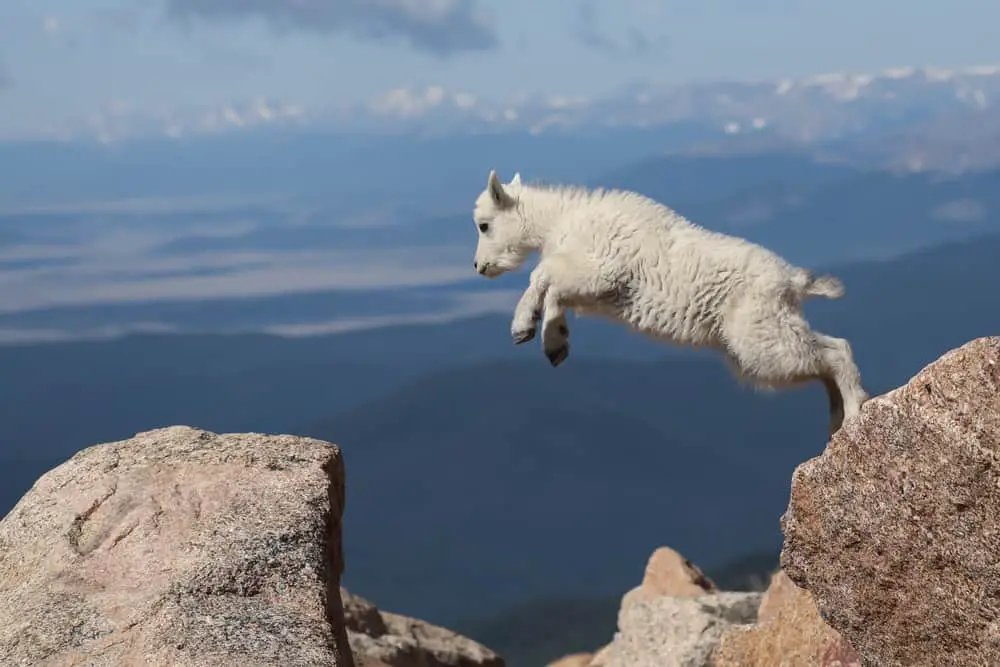
When you think of animals with exceptional jumping abilities, the one animal no one usually thinks about are goats. These animals are mainly found in North America and are not considered actual goats. They are more accurately called goat-antelopes.
They have snow-white coats that are thick enough to withstand the cold and wind in the mountains. They have with long beards and sharp horns. They are pretty light-footed for such big animals and can grow to about 3.5 feet and weigh between 100 and 300 pounds. Mountain goats have two towed cloven hooves that spread apart to help keep their balance.
They love to jump up onto the rocky terrain and can jump a whopping 12 ft into the air in a single leap. This skill comes in handy when fighting a rival or getting away from a dinner date with a predator.
Fleas
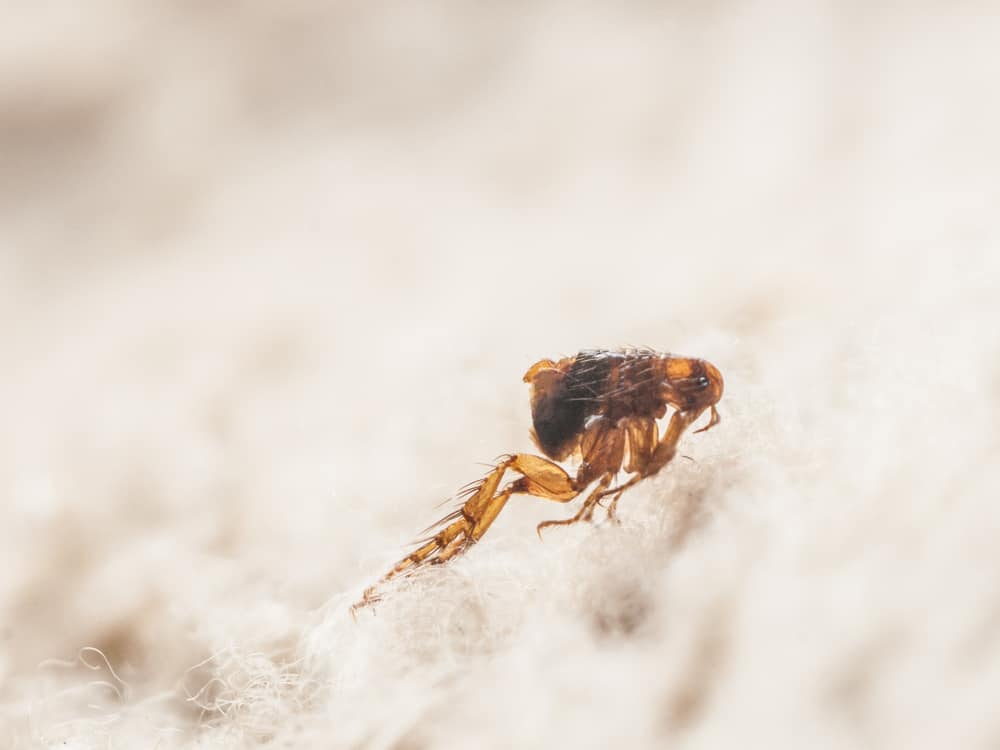
Fleas might be a pest and health concern for our pets, but these minuscule creatures deserve a gold medal for their various strange and unique abilities. Fleas belong to the order Siphonaptera, and the most common species is called Ctenocephalides fellis.
Fleas are known for spreading all kinds of bacteria and diseases, such as the Bubonic Plague. These tiny parasites can be found almost everywhere all across the world. They are powerful for their size, and they can lift things to 150 times their body weight.
Fleas have been called one of the best jumpers in the animal kingdom. These tiny creatures are parasites and live off of the blood of animals like horses, dogs, and cats. They only grow to about 0.039 to 0.13 inches but can jump up to 150 times their body length or 8 inches into the air. If we could do that, it would be the same as jumping clear across skyscrapers.
The Conclusion
After my initial shock of being in the way of spiderzilla, I had a giant cup of coffee to calm my nerves. It was then I realized that these incredible animals have had to adapt to an ever-changing world, and they will leave you in awe of the things they are capable of doing.
Who knew Kangaroos liked to box like Tyson or that dolphin enjoyed blowing bubbles to hunt. That tiny little spider in the back of the bush might be a jumping spider and dazzle you with what they can do. What a fantastic world we have.
References:
Animal Fun Facts: The Highest Jumping Animals
OneKindPlanet: Top 10 Highest Jumpers
The Destiny Formula: 21 Highest Jumping Animals In The World
AnimalWised: The 10 Highest-Jumping Animals in the World
National Geographic: Impala
Animal Corner: Grasshopper
National Geographic: Dolphins
Treehugger: 10 Wild and Crazy Facts About Jumping Spiders
Live Science: Kangaroo Facts
